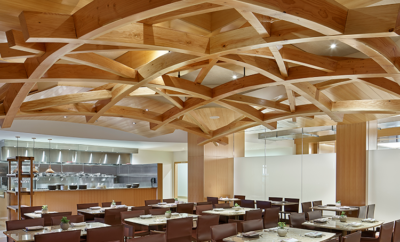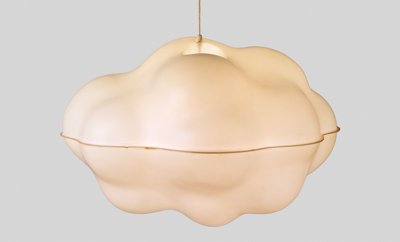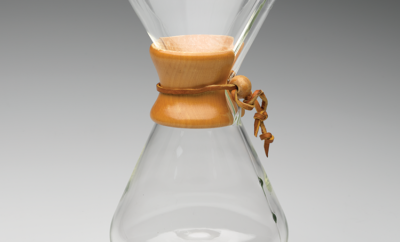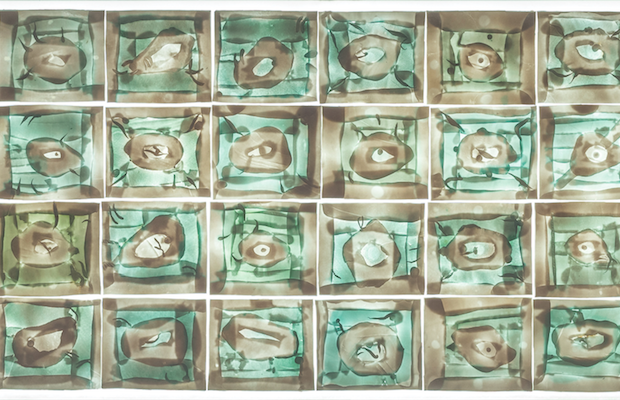 Joseph Hu Photo
Joseph Hu Photo
Design
Curator’s Eye
We asked curators of leading twentieth-century and contemporary design collections to discuss one object that they feel is particularly noteworthy. Here is a gallery of their choices.
Window reveals Staffel’s ability to exploit the material’s inherent translucency and luminescence
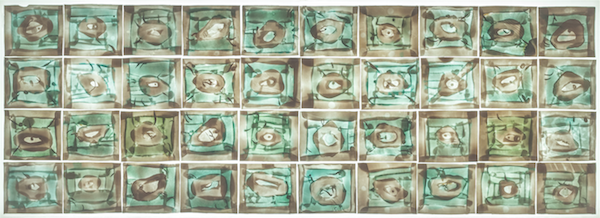
Rudolf Staffel (1911–2002) WINDOW. Forty porcelain tiles washed with copper salts, each handcrafted and applied to frosted glass; wood frame; completed 1982 and installed 1983. Philadelphia Museum of Art, Promised Gift of the Helen Williams Drutt Family Collection / Joseph Hu Photo
RUDOLF STAFFEL SPENT his entire career pursuing form, structure, and light. His use of porcelain in a quest to gather light pushed his work into a sculptural realm and placed him at the vanguard of ceramics. The founder of the ceramics department at Temple University’s Tyler School of Art in Philadelphia, he taught there for thirty-eight years before retiring in 1978 to devote himself to studio practice.
In 1981 Magee Rehabilitation Hospital, a national leader in physical and cognitive rehabilitation, commissioned Staffel to create Window for the lobby of its Alfred J. D’Angelo Pavilion at 1513 Race Street as part of Philadelphia’s Percent for Art Program. This program stipulates that city land developers dedicate at least one percent of their construction costs to the creation of original, site-specific works of art. The Philadelphia Redevelopment Authority pioneered the program in 1959, making Philadelphia the first city in the United States to include art as a valuable component of urban renewal.
For Window, Staffel and his daughter and studio assistant, Abby Staffel Buchanan, innovatively handcrafted thin pieces of porcelain strapwork into forty tiles, with applied porcelain patches covering tears and gaps. He then applied the tiles to a frosted glass support. His largest known ceramic work, Window reveals Staffel’s ability to exploit the material’s inherent translucency and luminescence, successfully translating his quest to gather light into a two-dimensional form.
Last year Magee contacted curatorial consultant, craft historian, and writer Helen Williams Drutt English about Window, which had been removed from its lobby during a 2007 renovation and safely tucked away on-site ever since. Drutt brought the window to the attention of the Philadelphia Museum of Art, which holds the world’s largest and most comprehensive assemblage of ceramics by Staffel. The museum unveiled this virtuosic addition to the collection last summer as the centerpiece of At the Center: Masters of American Craft, an installation focusing on the careers of Staffel and wood turner David Ellsworth. The pairing of Ellsworth and Staffel, the fourth of five installments in the series, remains on view until July 30.
Elisabeth Agro
Nancy M. McNeil Associate Curator of American Modern and Contemporary Crafts and Decorative Arts
Philadelphia Museum of Art


